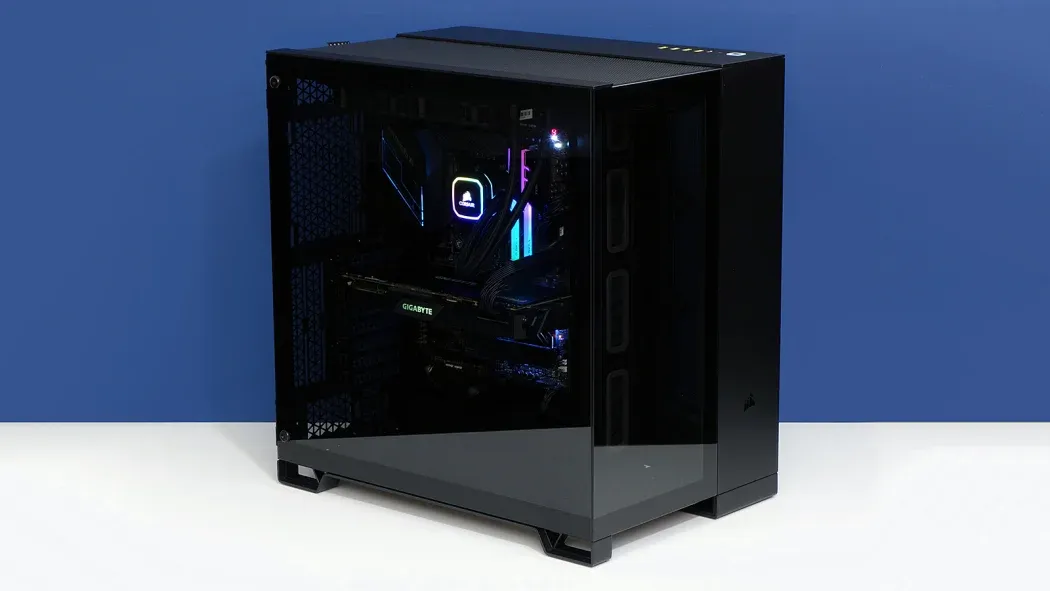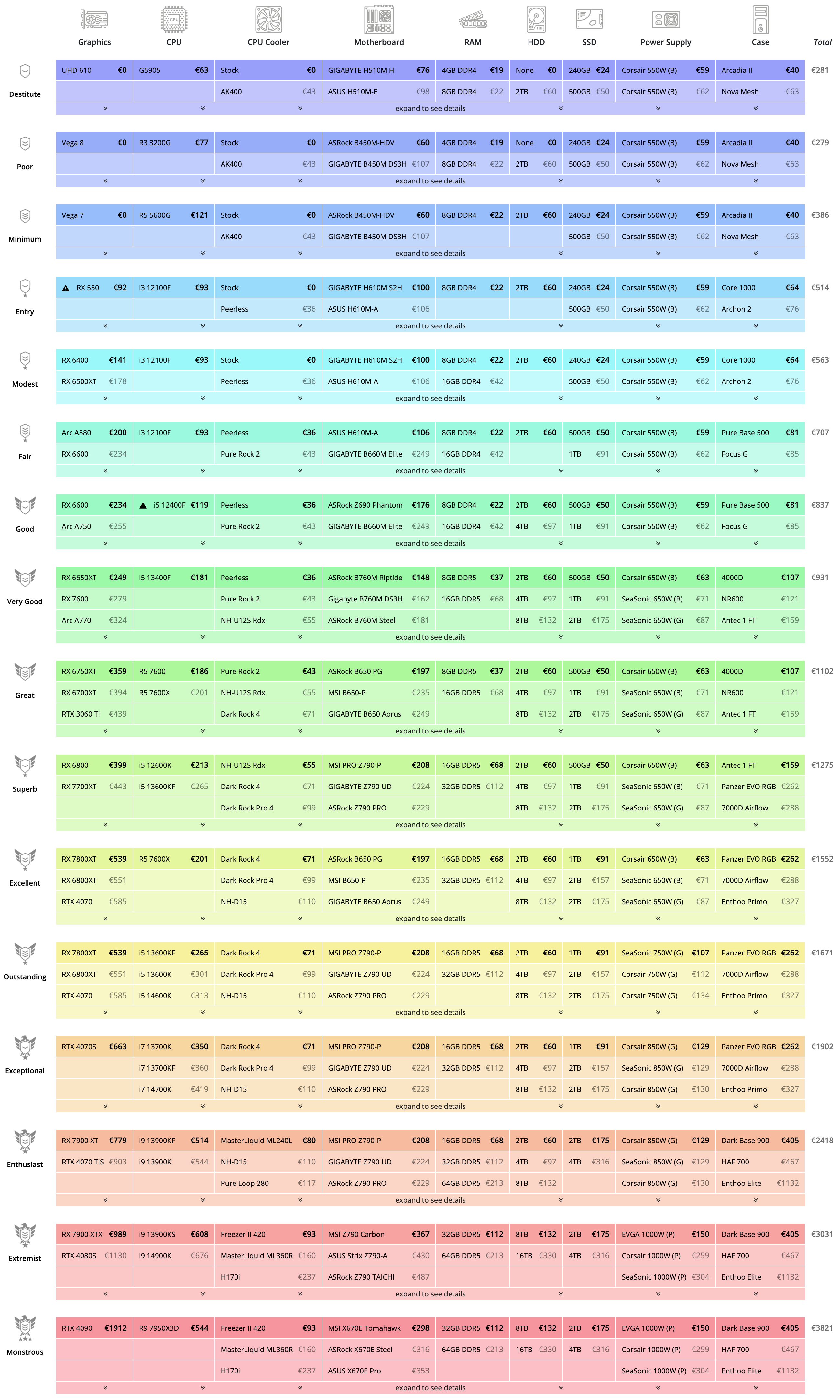Back in the day, I used to assemble my own PCs, buying used hardware to build affordable, high-performance machines. But I've never been a gamer. At least not a pro gamer, like those who sit in front of a shiny case and play World of Warcraft for hours.
Today, as a father of two, I'm entering the pro-gaming world for the first time in my late forties. Even though I won't spend my days playing those games, or let my kids do so, I'm having a lot of fun building custom PCs again. This time with some more budget to build gorgeous cases like the one below—I mean, how cool is that?

The beauty of building your own PC is that you can pick each component to get the best gaming experience. Video games are pretty resource-hungry. If you don't have the right machine, you won't play at high resolution, high frame rate, and no lag.
However, building your own PC isn't easy. Impossible for non-developers. You have to pick the right parts, put them together, and make sure they're compatible. All with an eye on the budget, because it's easy to end up with a super PC that costs a fortune.
Sounds familiar, doesn't it?
As I get more into computer assembly, I find more and more similarities with the composable commerce approach. The main reason for building a composable stack is to curate every aspect of the customer experience with highly specialized tools. But building a composable architecture can be intimidating too. You have to pick and buy different components of the stack separately, make sure they'll work together, and make sure they're not too expensive.
Getting advice is key, just like in computer assembly.
PCs require a lot of parts, like a motherboard, CPU, coolers, GPU, RAM, HDD, a power supply, and a case. There are so many combinations that even the most experienced builder needs guidance to find the right components for their budget and needs.
While looking for the best gaming resources, I found Logical Increments, a site that guides you through the selection of the best computer parts. Their homepage shows a table with columns for component types (motherboard, CPU, RAM, etc.) and rows for tiers of components that are guaranteed to work well together. Tiers are sorted by quality (from destitute to monstrous) and price (from under $300 to almost $4000).

Imagine a similar tool for composable commerce architectures. Each column could be a tool (commerce, CMS, search, payments, promotions, etc.) and each tier could be a combination of those that work well together, have an indication of the most relevant use case (based on catalog size, internationalization, company size, GMV, etc.), and total cost of ownership.
Not only would such a tool guide buyers in their vendor selection process, but it would also educate the market. This could help people figure out that there's a stack for every budget and make better decisions.
Buy what you need
If you buy the best motherboard, the best graphics card, and the most colorful case, the cost will go up. And if that's what you need, great, it's still a good deal. But you don't probably need a "monstrous" PC to play Minecraft, and there's a good chance you'll be fine with a much cheaper alternative.
Composable is perceived as expensive because it promotes a best of breed approach when it should be best of needs. You don't need a PIM or an incredible search tool to manage and deliver a small catalog. If you just offer percentage discounts and free shipping, you don't need the most flexible promotion engine. If you're a digitally native brand shipping from one warehouse without any omnichannel requirements, you don't need a complicated OMS. Be realistic, and just pick what you need. Just like an assembled computer, you can always swap out a component for a more powerful one in the future.
Don't reinvent the wheel
Would you ever consider building your own CPU or RAM? Of course not. So, how can you think developing your own cart, CMS, search engine, or OMS is a wise idea? Hardware is by definition harder to build than software. Yet, building the core commerce components doesn't make sense. You should instead buy them and build your own differentiators. This way, you'll create a unique platform and enhance your brand identity without reinventing the wheel.
Don't confuse the means with the end
It's so funny to assemble a PC that it's easy to forget why you're doing it. You don't even know if the real fun is playing your favorite game or building the machines that let you play it. For me, it's definitely the latter.
Developers are all gamers to some extent. The satisfaction of building a beautiful commerce stack can make us forget why we're doing it. But unlike gaming, ecommerce isn't a hobby. Sometimes it's ok to sacrifice the developer experience if the business case isn't there. Don't confuse the means with the end. Good enough is often better than perfect. And yes, there are still cases where all-in-one solutions make sense.